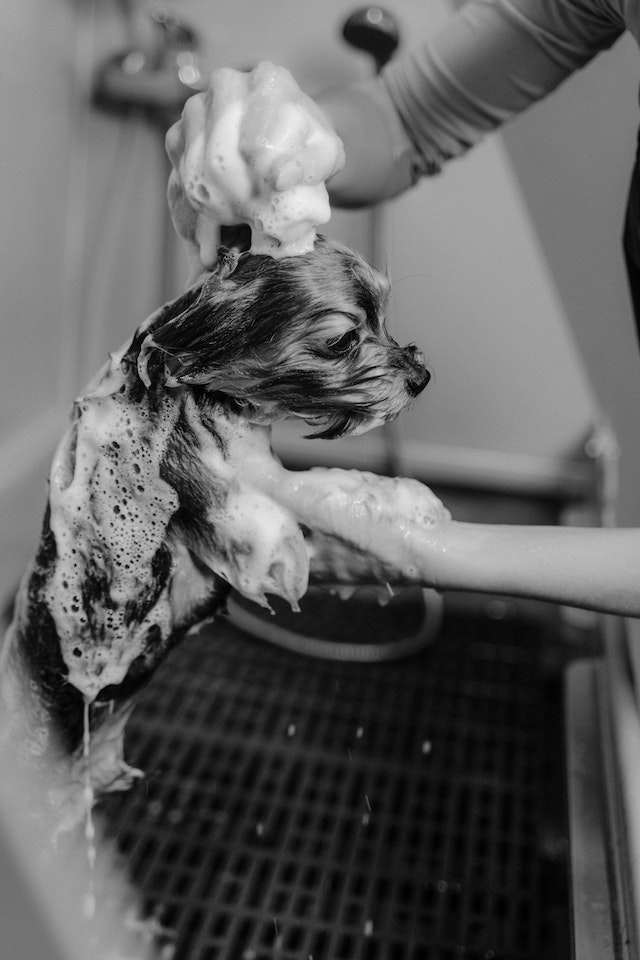Fleas are a common problem that professional groomers face. These parasites can live anywhere and leave a trail of eggs and larvae. Typically, only about 15 percent of an infestation is comprised of adult fleas. The other 85 percent consists of flea eggs and larvae. If you are worried about fleas on your pet, consider bringing it in for professional flea control.
Using "flea bombs" to kill fleas
When using "flea bombs" to kill pesky fleas, you should follow certain precautions to keep your family and pets safe. First, you must turn off sources of ignition, such as gas valves and pilot lights. Secondly, you should remove large appliances and other electrical items from the house. Lastly, you should make sure that your windows and doors are shut and closed.
Flea bombs contain chemicals that can spray up to eight hours, so it's important to follow these precautions. Make sure room is well ventilated. After you've finished spraying, clean surfaces and vacuum floor coverings to remove any debris. It's important to be sure to exit the room quickly.
Although flea bombs work for killing adult fleas, they don't kill flea eggs. The surviving fleas can hide in soft furnishings or different rooms of the house. The fleas can even lay their eggs in cracks or small gaps on furniture.
While flea bombs can be very effective in killing fleas, they shouldn't be used regularly, as they can leave a toxic residue and can make your flea problem worse. The best way to eliminate fleas safely is to hire a pest control company that can perform a professional flea treatment. While these services aren't inexpensive, they're much more effective than foggers and aren't as messy.
Cleaning up adult and larvae fleas
Before you can develop an effective flea control solution, you need to understand the flea life cycle. Adult fleas feed on the blood of pets, and they lay eggs to reproduce. These parasites can be found in the fur of pets or on upholstered furniture. You can spot the presence of fleas by carefully inspecting your pet's fur. You can also remove the eggs and larvae by using a wet cloth.
If your pet has fleas, you should treat indoor rooms where your pet spends most of its time. Using an indoor flea treatment on bedding and couches is a good idea. However, don't forget to treat your outdoor areas too. Outdoor treatments should target breeding areas such as kennels and your pet's favorite sleeping or grooming spots. It is important to treat these areas often and follow up with another treatment if necessary.
Combing your pet for fleas
Combing your pet for fleas can be a tedious chore. You will want to check all areas of your pet's coat, including the ears, armpits, base of the tail, and collar. Use a comb dipped in water, which will help you remove any flea eggs. Also, remember to comb your pet in an enclosed area to prevent fleas from getting into your soft furnishings. However, combing your pet for fleas is not enough to control an infestation.
You should then rinse the comb with water after every few strokes. Also, make sure to wipe the comb with a wet paper towel to avoid leaving any dirt.
Using a flea comb is not difficult. The best flea comb should have a tight and narrow tooth spacing, as there are different types of animals that may not tolerate the same chemicals. It's also good to use a comb designed for removing fleas, as this gives your pet a soothing massage while ensuring that his coat stays smooth.
Ideally, the process of combing your pet for fleas should take no more than ten minutes. After the shampoo is applied, the groomer will use a fine-toothed comb to remove any remaining fleas. The captured fleas can then be washed down the drain.
